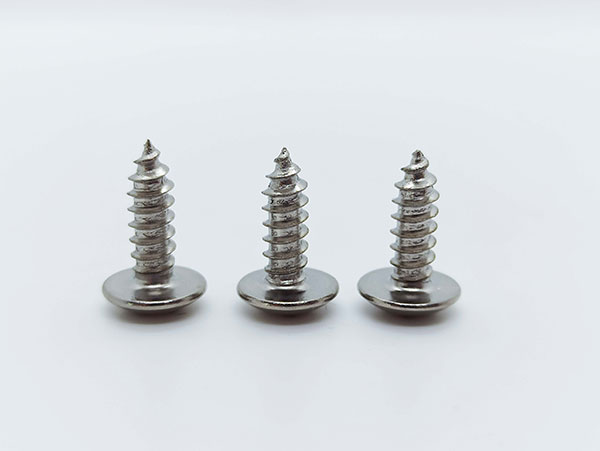
Nickel electroplating is a coating process that consists in covering the surface of the metal with a thin layer of nickel (3 µm) by means of electrolysis. In practice the metal is submerged into an electrolyte solution that allows the transfer of nickel ions onto the material that has to be treated. The nickel layer can be applied for decorative purposes (it produces a mirror metallic effect), but it also provides corrosion resistance and wear resistance.
Nickel plating may have different finishes: it can be opaque, with a great resistance to corrosion, or shiny, which on the other hand provides a lower corrosion resistance. Finally we can also have semi-gloss nickel plating, which offers a good balance between corrosion resistance and shininess.
Nickel is more resistant to corrosion than zinc. However, with nickel plating the layer is harder and is subject to get scraped, especially regarding large areas, over time.
This surface treatment presents a salt spray resistance of more than 24 hours before creating red rust.
We have so far presented the electrolytic nickel plating; but another kind of process to create this finish also exists, the chemical nickel plating. In this latter case the process can be carried out as well on different materials other than metal, such as glass or plastic. The main feature of this process is that with this method nickel perfectly adapts to the shape of the piece; for this reason this is the recommended process in case of mechanical pieces which require absolute precision.
